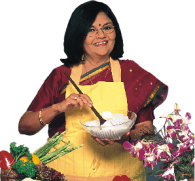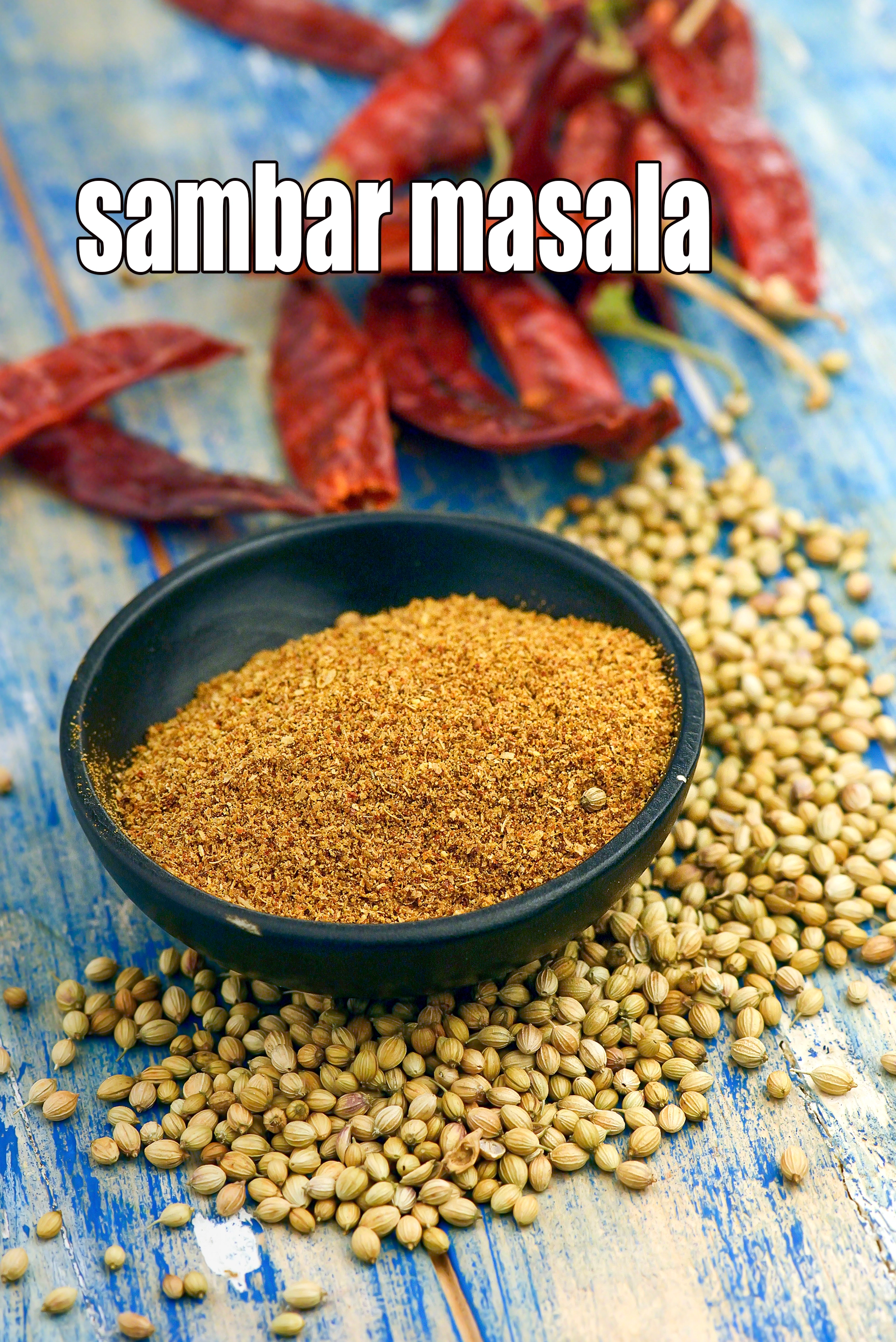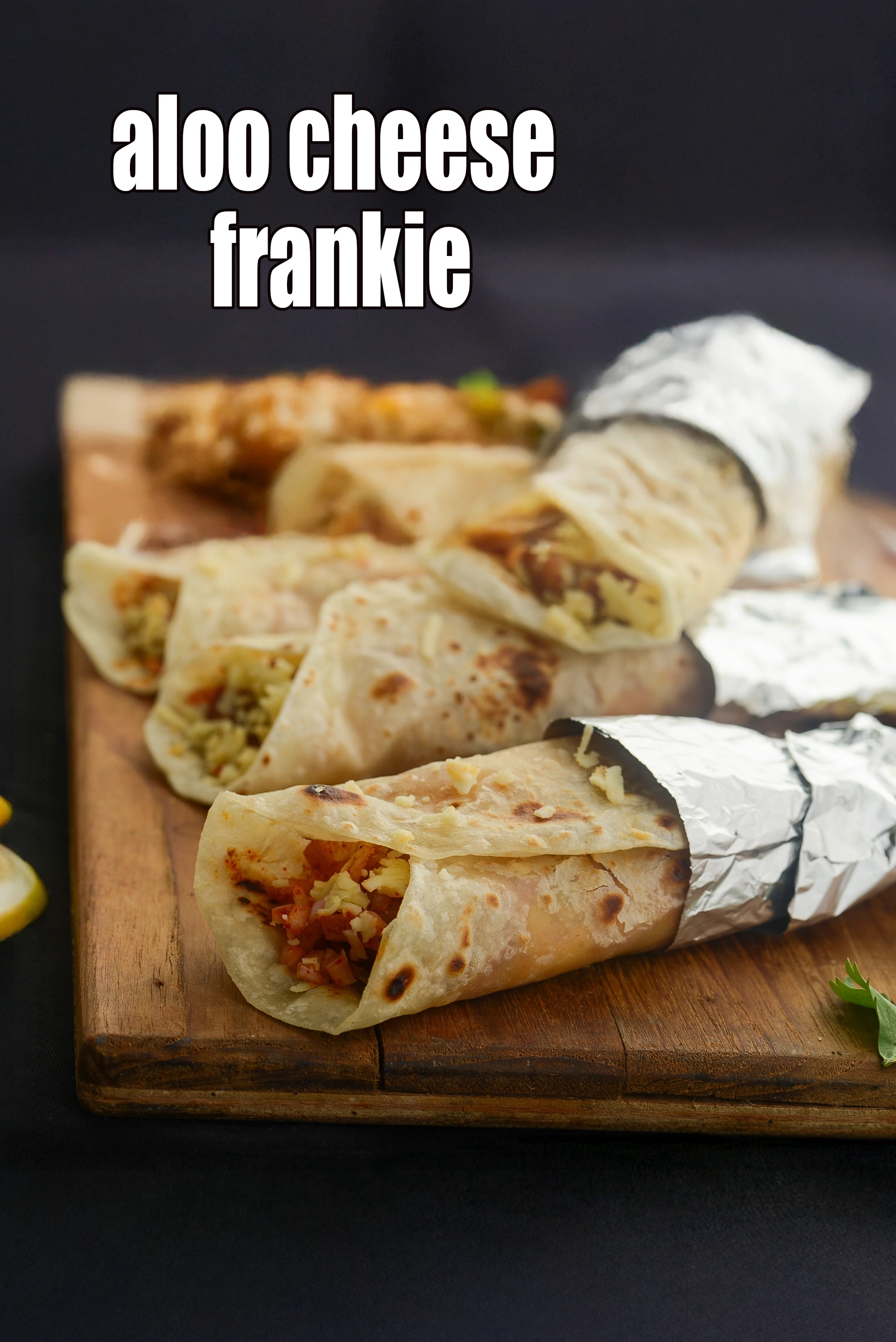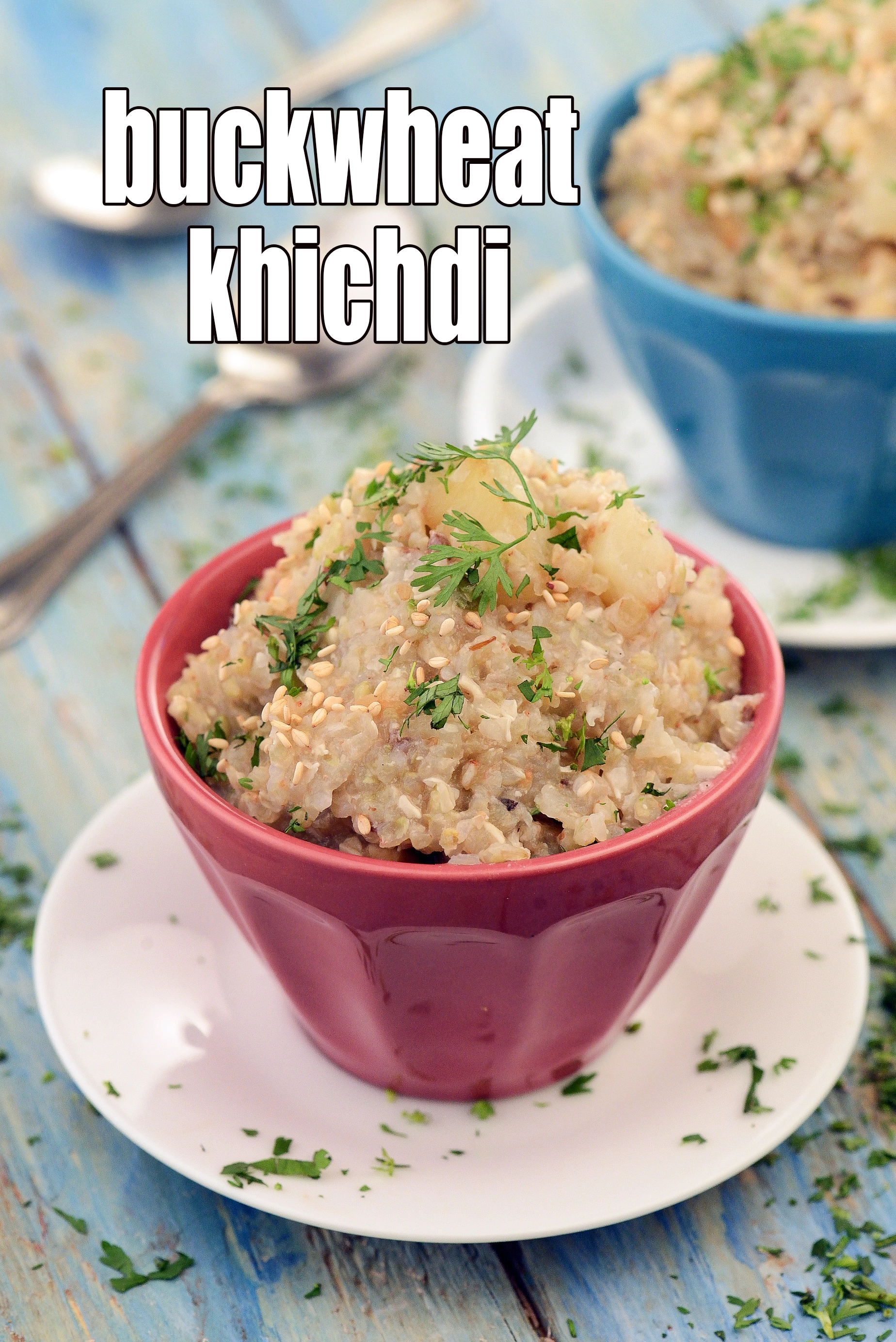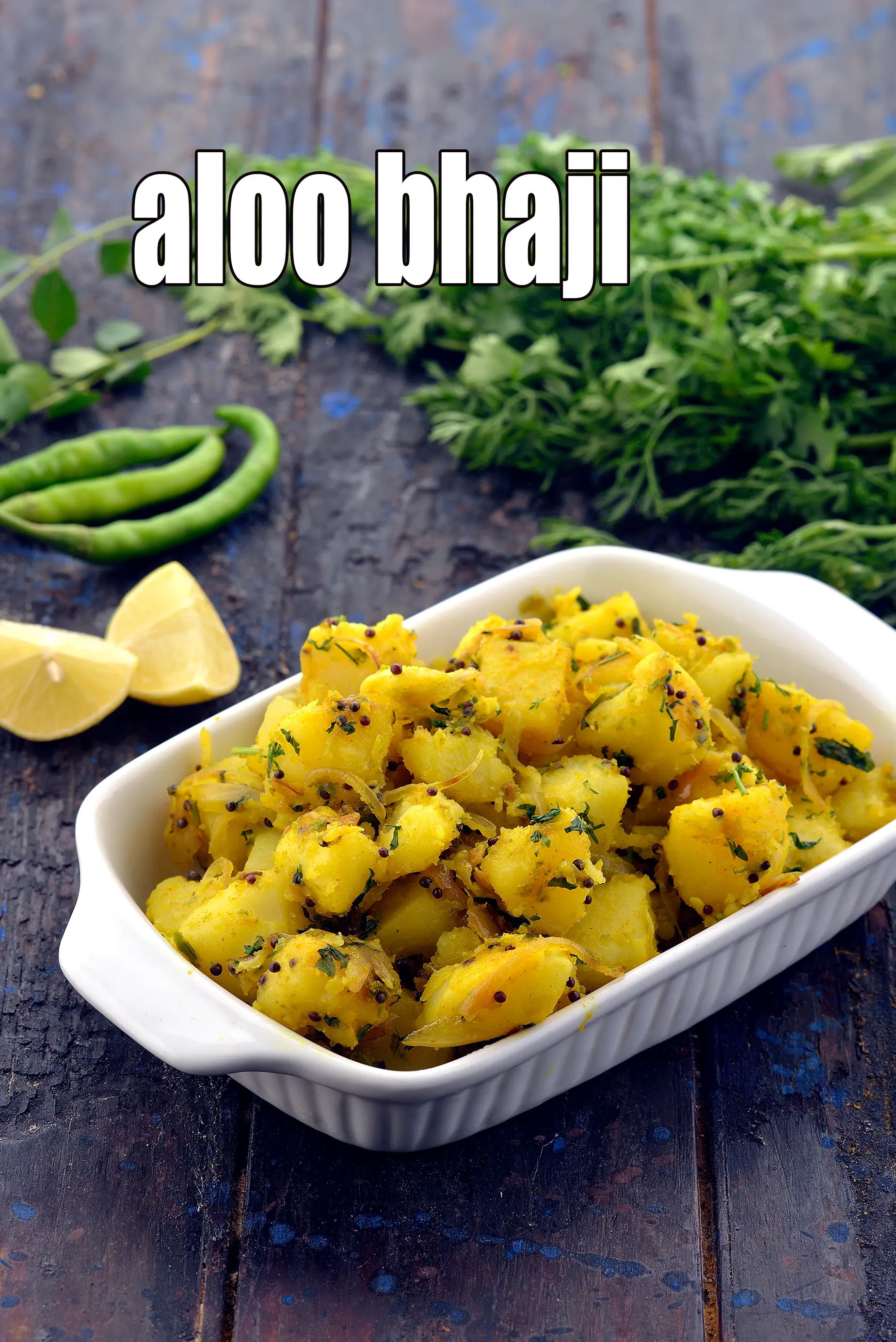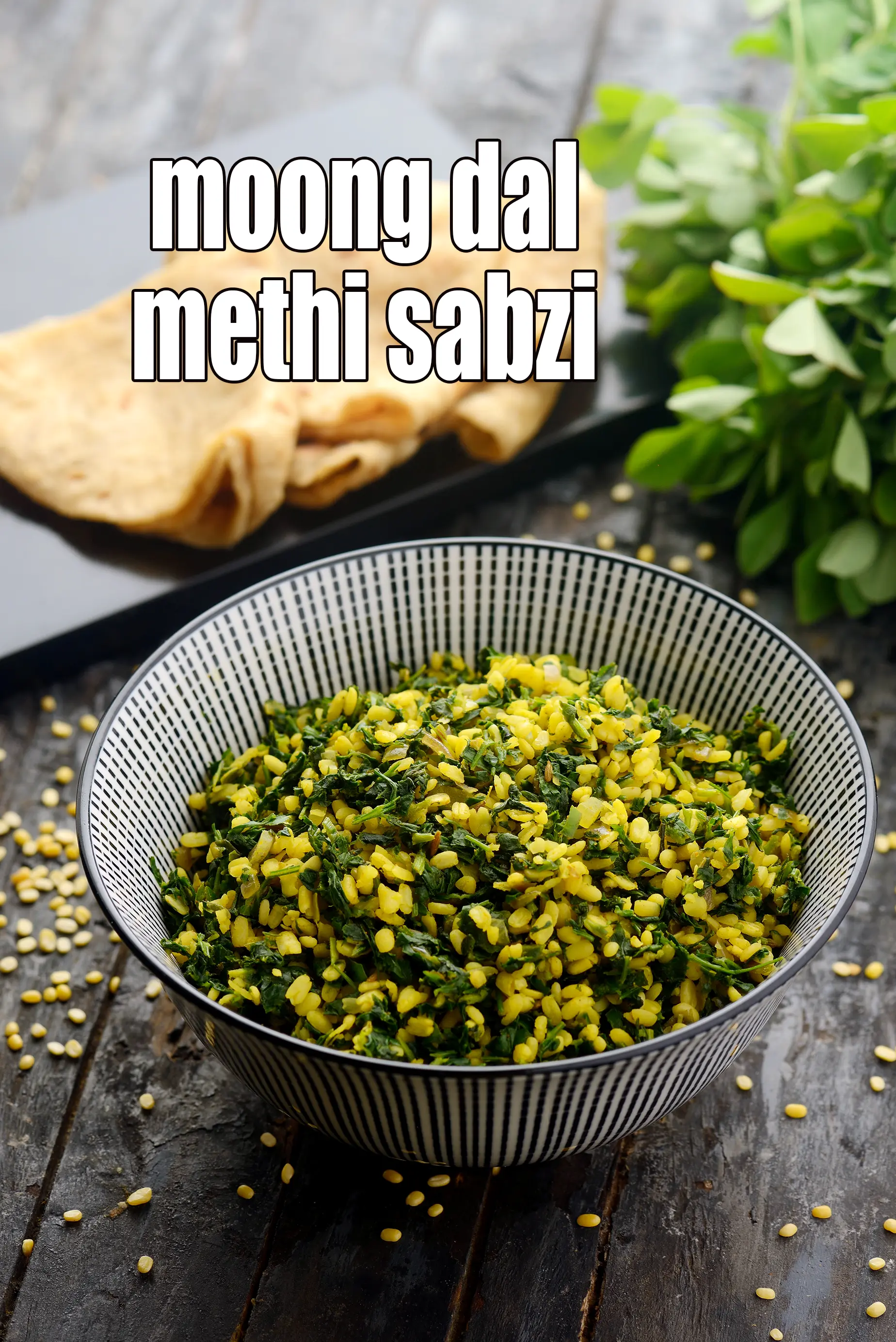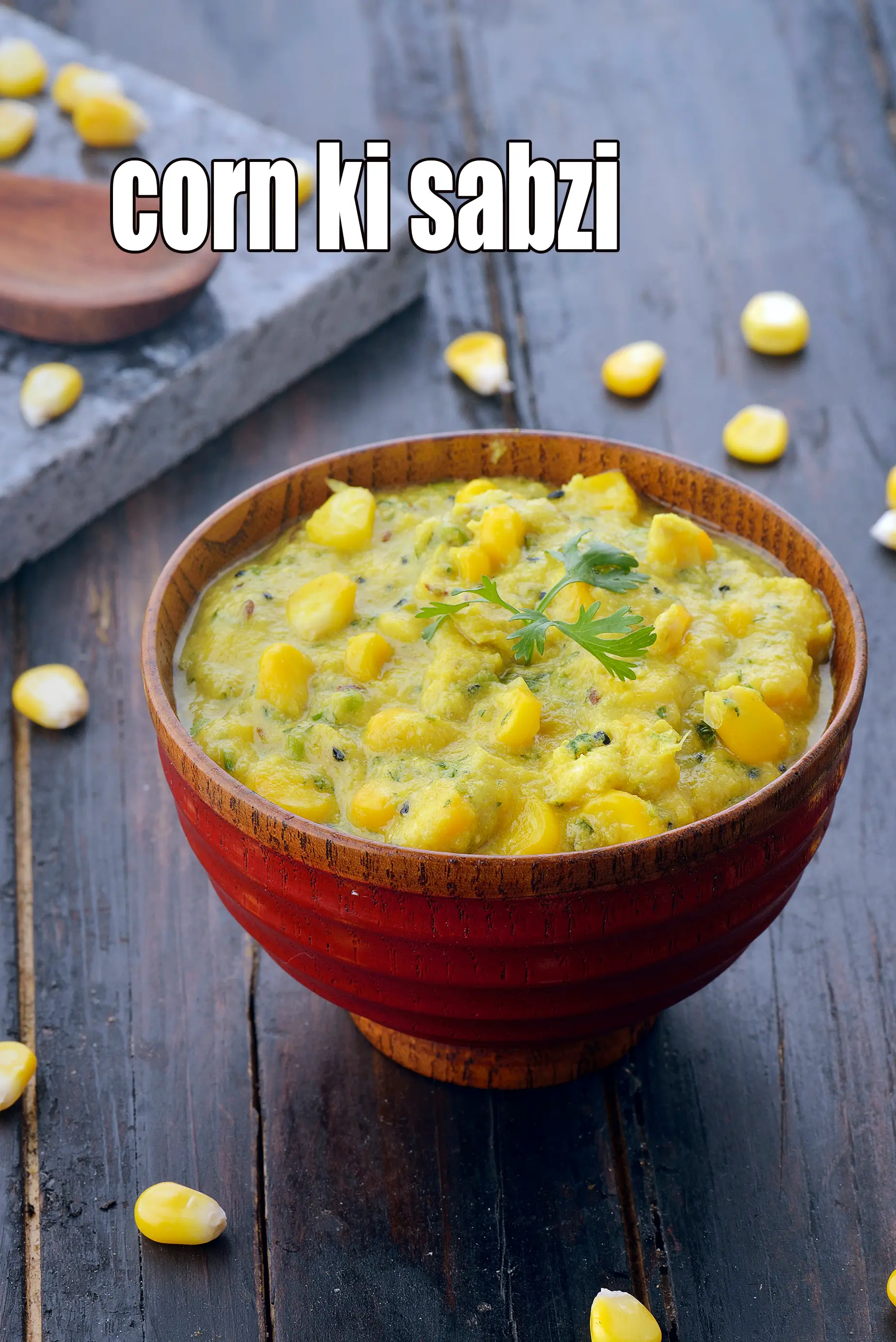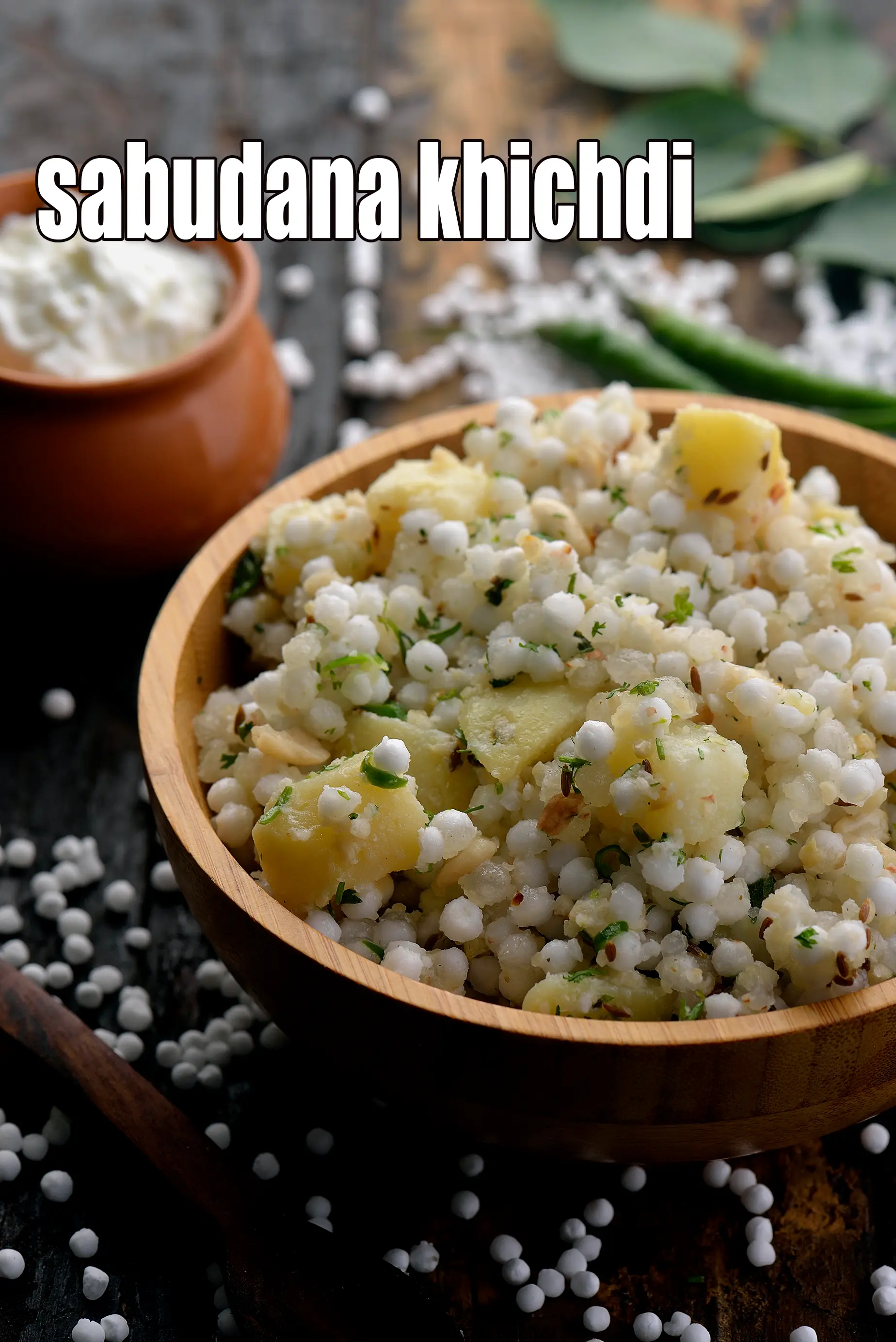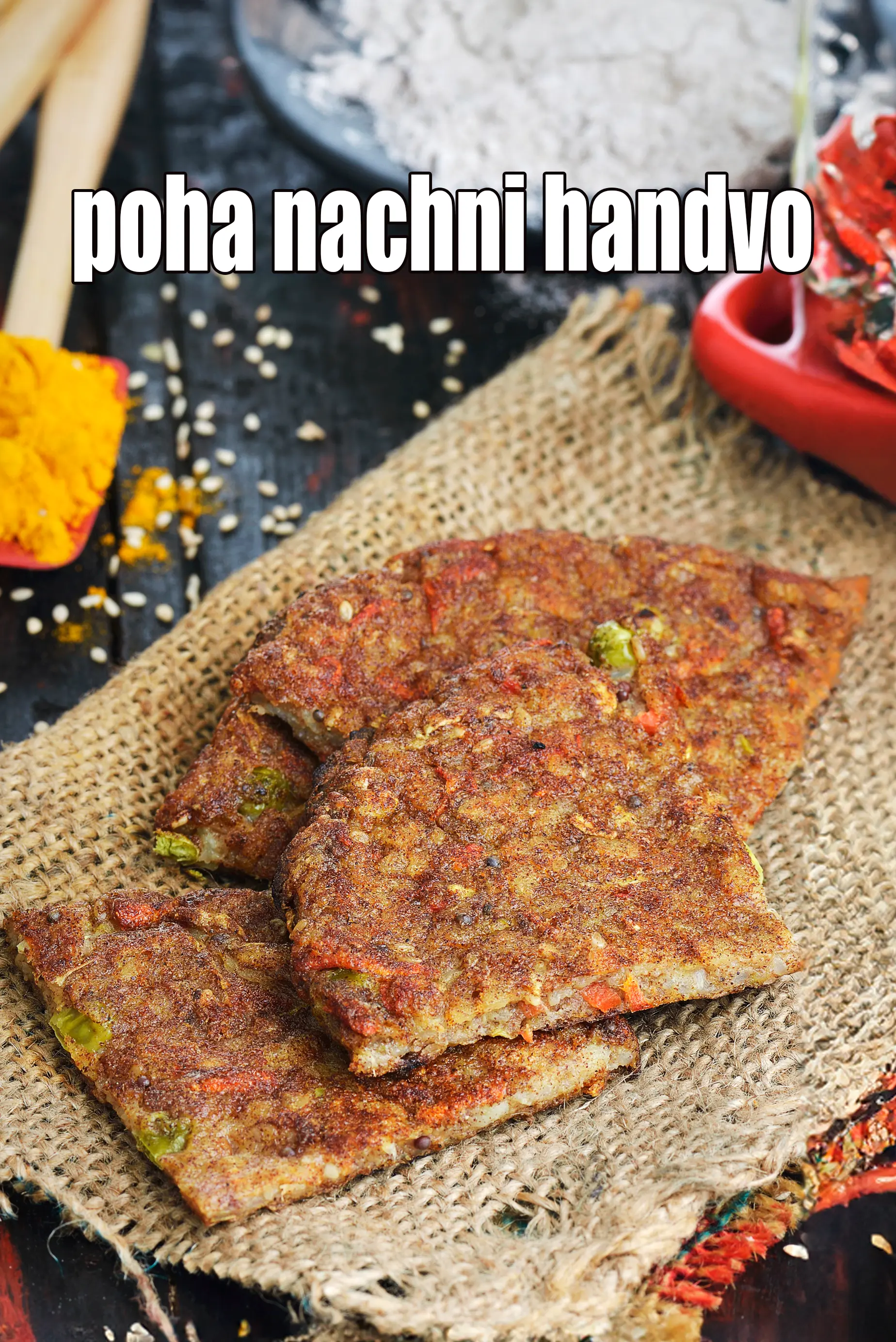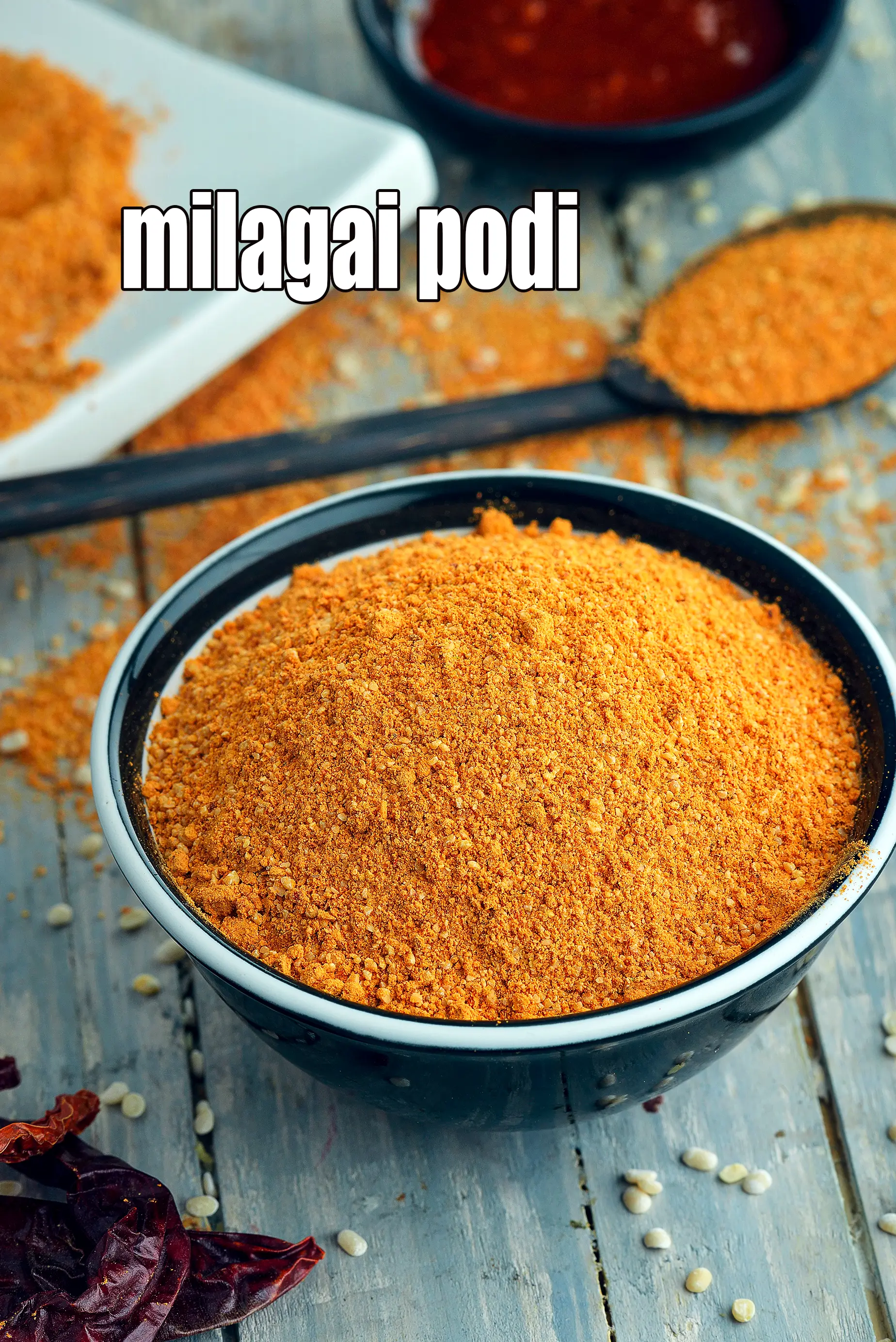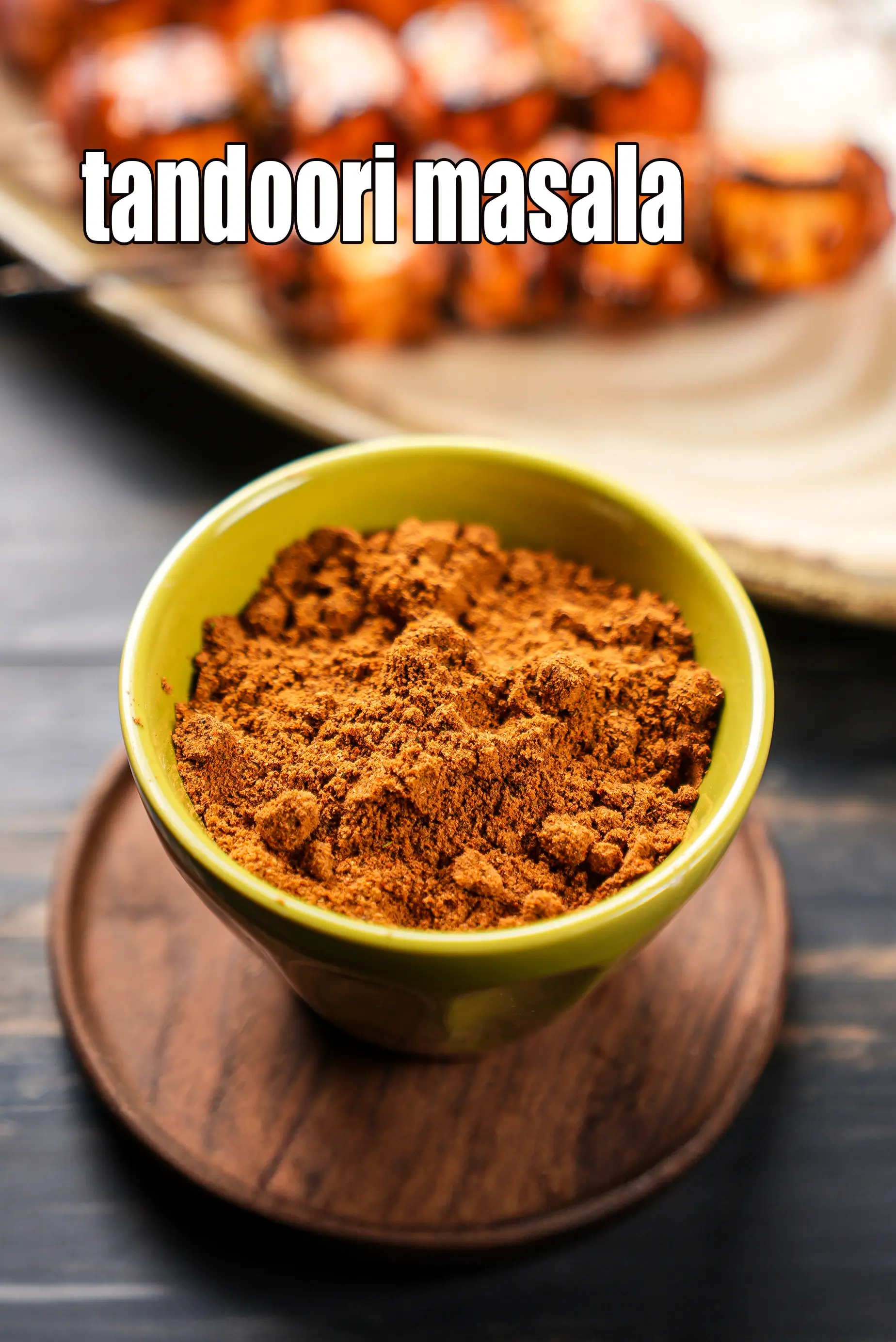Nutritional Facts of Pumpkin Raita, Creamy Pumpkin Raita, Calories in Pumpkin Raita, Creamy Pumpkin Raita
This calorie page has been viewed 4646 times
Healthy Indian Recipes
Occasion & Party
Cooking Basics
Table of Content
How many calories does one serving of Pumpkin Raita have?
One serving of Pumpkin Raita gives 116 calories. Out of which carbohydrates comprise 41 calories, proteins account for 19 calories and remaining calories come from fat which is 56 calories. One serving of Pumpkin Raita provides about 6 percent of the total daily calorie requirement of a standard adult diet of 2,000 calories.
See recipe Pumpkin Raita | pumpkin raita recipe | yellow pumpkin raita | creamy pumpkin raita | Indian style pumpkin raita | with 17 amazing images.
pumpkin raita recipe | yellow pumpkin raita | creamy pumpkin raita | Indian style pumpkin raita is a nourishing accompaniment to any Indian meal. Learn how to make creamy pumpkin raita.
To make pumpkin raita, pressure cook the red pumpkin for 5 whistles. Allow the steam to escape before opening the lid. Mash the pumpkin using a potato masher. Combine the curds, mashed pumpkin, and salt in a deep bowl and mix well. Keep aside. Heat the oil in a small non-stick pan, add the mustard seeds, urad dal, curry leaves, green chilli and asafoetida and cook on a medium flame for 1 minute. Pour the tempering over the raita and mix well. Refrigerate and serve chilled.
Lose yourself in the creamy consistency and refreshing flavour of this delicious yellow pumpkin raita. The pleasant sweetness of pumpkin, sourness of curd and mild spiciness of the tempering combine beautifully to give this raita a very balanced flavour.
The uniqueness of this raita is its tempering of mustard seeds, urad dal, curry leaves and asafoetida. It gives an irresistible aroma. The generous use of curd gives Indian style pumpkin raita a pleasing creaminess.
Creamy pumpkin raita has many benefits to its credit too! Pumpkin is a very good source of vitamin A, thus making it a super food for eyes and skin. It lends small amounts of vitamin C too, which is necessary to build immunity. Curd, on the other hand, lends protein for cell and tissue health. Along with calcium, the phosphorus from curd will aid in bone health. So there isn’t any reason to not include this raita as a part of a healthy meal.
Tips for pumpkin raita. 1. Make sure you do not add water to the pumpkin while cooking it. 2. Also the water we pour into the cooker should not enter the vessel in which the pumpkin is placed. This is very important to avoid the raita from turning watery. 3. People with heart disease, diabetes and obesity can enjoy this raita. Diabetics can enjoy half serving at a time.
Is Pumpkin Raita healthy?
Yes, this is healthy.
Let's understand the Ingredients.
What's good.
1. Red Pumpkin ( kaddu, bhopla) : A cup of pumpkin cubes fulfils your day’s requirement of Vitamin A (5526 mcg), thus making it a super food for your eyes. Kaddu can be included in safe amounts or restricted amounts by diabetics. The magical combo of antioxidants and Vitamins A and Vitamin C create a shield against cancer cells. The antioxidants help reducing LDL cholesterol (bad cholesterol) from oxidizing and clogging the blood vessels, which if persists would increase the risk of heart disease. Read is pumpkin healthy?
2. Curd + Low fat Curds : Curds help in digestion as it has very good bacteria. Probiotics in curds acts as a mild laxative but, in case of diarrhoea and dysentery, it is a boon, if curd is used with rice. Curd is one of the richest source of protein, calcium and minerals. They help in weight reduction, good for your heart and build immunity. Being low in sodium, it is safe to be eaten by individuals with high blood pressure. The only difference between curds and low fat curds is the fat level. Read the benefits of curds to include in your daily diet.
3. Mustard Seeds: Tiny little mustard seeds, mostly added as a tempering, lend an interesting bite, exotic flavour and tempting aroma to Indian foods. Mustard seeds are from the mustard plant, which is a cruciferous vegetable related to broccoli, Brussels sprouts and cabbage.
4. Urad Dal : 1 cup of cooked urad dal gives 69.30% of your daily requirement of folic acid. The folic acid in urad dal helps your body to produce and maintain new cells, especially red blood cells. Being rich in Phosphorus it works with Calcium to build our bones. It is also high in fibre and good for heart, good for lowering cholesterol and good for diabetes. See here for 10 super benefits of urad dal.
5. Curry Leaves : Curry leaves have antioxidant, antimicrobial and anti inflammatory properties and is thus used widely in Ayurvedic medicines. Its antioxidant action helps to scavenge the harmful free radicals from the body and protect the health of our organs. These antioxidants may also show cancer preventive benefits. Curry leaves also aid in digestion and thus one can chew curry leaves when having a tummy ache. Some scientific research has shown that inclusion of curry leaves is beneficial for people with diabetes by stimulating insulin producing cells. It helps in skin care too. Intake of curry leaves can promote clear and healthy skin as well as promote hair growth and prevent hair fall. They are a fair source of Vitamin A (promotes vision) and calcium (promotes bone health) too.
6. Green Chillies : Antioxidant vitamin C in green chillies protects the body from effects of harmful free radicals and prevents stress. It is probably the high fiber which helps in controlling blood sugar levels. This it is a welcome addition to a diabetic diet. Suffering from anaemia? Add green chillies to your list of iron rich foods too. For complete details see benefits of green chilli.
7. Hing ( Asafoetida) : The active compound 'coumarin' helps in managing blood cholesterol and triglyceride levels. Asafoetida is known to have anti-bacterial properties, which helps to keep asthma at bay. Asafoetida is an age-old remedy for bloating and other stomach problems like flatulence. The best solution is to gulp down little hing with water or dissolve it in water and sip it. It can also be used along with curd or almond oil as a hair mask. It helps to prevent dryness of hair and smoothen as well as strengthen hair.
Note : 1 cup = 200 ml (standard cup available in the market). The weight in grams varies for each ingredient.
Can diabetics, heart patients and overweight individuals have Pumpkin Raita?
Yes, this recipe is good for diabetics, heart and weight loss BUT restricted amounts for diabetics. A cup of pumpkin cubes fulfils your day’s requirement of Vitamin A (5526 mcg), thus making it a super food for your eyes. Kaddu can be included in safe amounts or restricted amounts by diabetics.
Can healthy individuals have Pumpkin Raita?
Yes, this is healthy.
One serving of Pumpkin Raita is high in
1. Vitamin A : Vitamin A is crucial for healthy vision, cell growth and healthy skin.
2. Vitamin B1 : Vitamin B1 protects nerves, helps in carbohydrate metabolism, prevents heart diseases and helps produce red blood cells.
3. Vitamin B2 (riboflavin) : Vitamin B2 enables the production of red blood cells that contribute to the rise in your energy levels. So have more milk, curds, eggs and green leafy vegetables.
4. Vitamin C : Vitamin C is a great defence against coughs and colds.
5. Vitamin E : Vitamin E balances cholesterol levels, repairs damaged skin and keeps hair shiny.
6. Folic Acid : Folic acid is an essential vitamin required throughout pregnancy.
7. Calcium : Calcium is a mineral that makes bones stay strong. Required from kids to adults.
8. Magnesium : Magnesium is required for formation of bones and teeth. It helps in the metabolism of calcium and potassium.
9. Phosphorus : Phosphorous works closely with calcium to build bones.
Note : a recipe is deemed high in a Vitamin or mineral if it meets 20% and above the recommended daily allowance based on a 2,000 calorie diet.
How to burn 116 calories that come from one serving of of Pumpkin Raita?
Walking (6 kmph) = 35 mins
Running (11 kmph) = 12 mins
Cycling (30 kmph) = 15 mins
Swimming (2 kmph) = 20 mins
Note: These values are approximate and calorie burning differs in each individual.
| Energy | 116 cal |
| Protein | 4.2 g |
| Carbohydrates | 9 g |
| Fiber | 1 g |
| Fat | 5.9 g |
| Cholesterol | 8 mg |
| Vitamin A | 5739.7 mcg |
| Vitamin B1 | 0.1 mg |
| Vitamin B2 | 0.1 mg |
| Vitamin B3 | 0.7 mg |
| Vitamin C | 3.1 mg |
| Folic Acid | 20.7 mcg |
| Calcium | 119.3 mg |
| Iron | 0.7 mg |
| Magnesium | 59.2 mg |
| Phosphorus | 107.1 mg |
| Sodium | 17 mg |
| Potassium | 230.2 mg |
| Zinc | 0.4 mg |
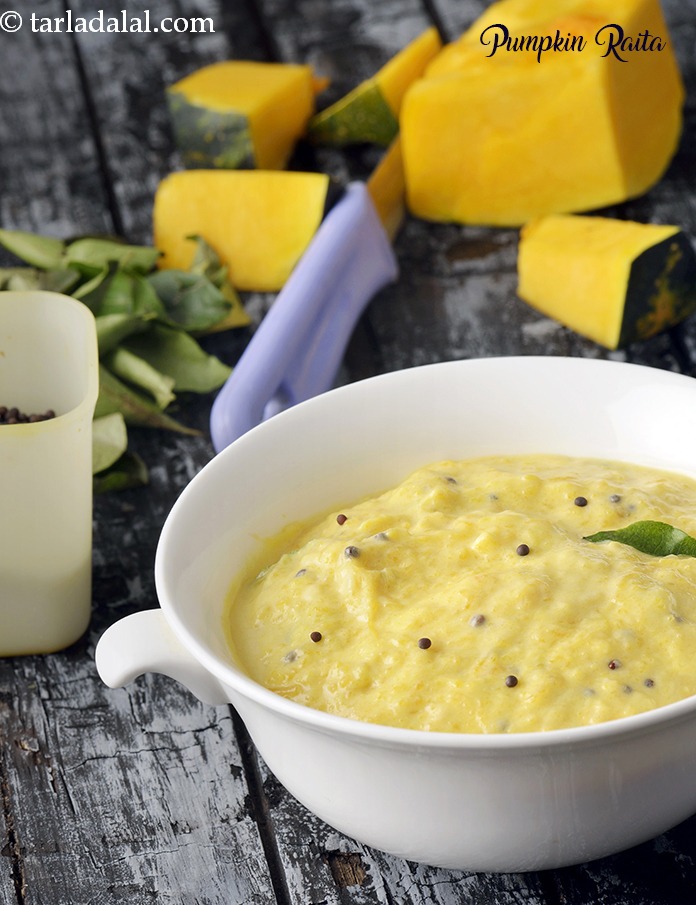
Click here to view Pumpkin Raita, Creamy Pumpkin Raita
Calories in other related recipes
